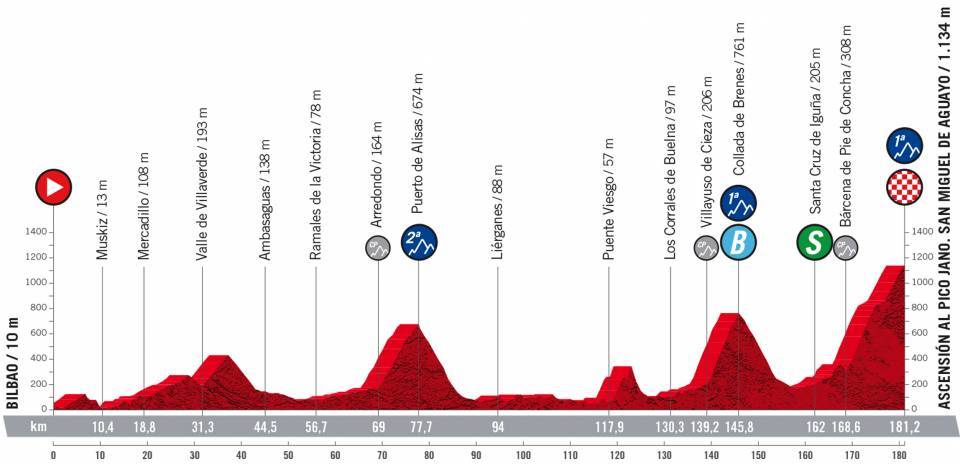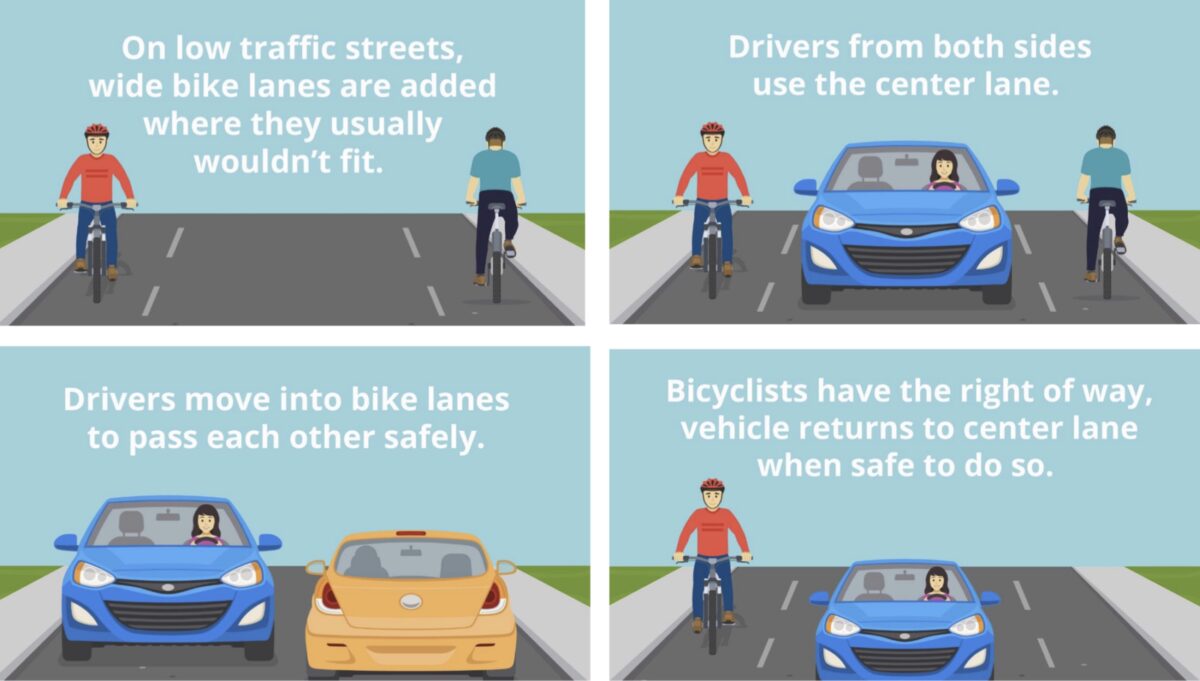
I was on a podcast recently, which I mention mostly because they wanted a photo of me, so I used it as an excuse to simultaneously embarrass myself and get my son an Internet photo credit:
Hopefully a photo credit on Streetsblog will not damage his chances at future employment. As for me, as you can see from the photo, I’m the very definition of unemployable.
As for the podcast, we discussed the so-called “Idaho Stop.” That’s Idaho…:

…Stop:

Most people are familiar with the concept, but if you’re not it refers to people on bikes treating stop signs as yield signs and red lights as stop signs, which is legal in Idaho, hence the name.
While I’m certainly not saying you should drop everything you’re doing and listen to a livable streets podcast, I do bring up one point in it that I think is worth addressing, and it is this: While I am certainly in favor of Idaho Stoppage in general, I do see how it might cause consternation in non-bicycling road users such as drivers and pedestrians. See, as an experienced rider, I can generally slow or stop for as long as I need to without putting my foot down…unlike, say, this person:
Ironically, an Idaho Stop would have saved him.
Anyway, even though I know that I can let a driver or pedestrian or whoever with the right of way proceed without putting my foot down, they don’t necessarily know that, and they might infer from the fact that my feet are on the pedal that I have no intention of yielding to them. In such instances, putting a foot down–while it may seem performative and therefore irritating–can be a useful signal to the other person that they can go ahead with confidence.
Similarly, as someone who does ride a fixed-o’-gear bicycle some of the time:

I believe I can detect additional consternation from pedestrians when I’m approaching them in the crosswalk. Why? Because on a fixed-o’-gear bike your’e always pedaling, even if you’re slowing down*, which suggests you’re not going to stop for them, even if you are.
*[The exception might be skidding or skip-stopping, though that’s even more vexing to pedestrians, because the sight of someone bucking and straining and contorting himself on a bicycle is as threatening as it is ridiculous.]
We all like to fuss over what’s legal and what’s illegal, and what’s legal that should be illegal, and what’s illegal that should be legal, the Idaho Stop being a good example of that last thing. At the same time, you can’t legislate the signals and body language and etiquette that is in some ways far more effective in fostering a safe and harmonious environment. The feeling of riding a bike is as close as many of us ever get to flight, and as a result every impulse we have tells us to keep going.
Still, sometimes you’ve got to put your foot down.






